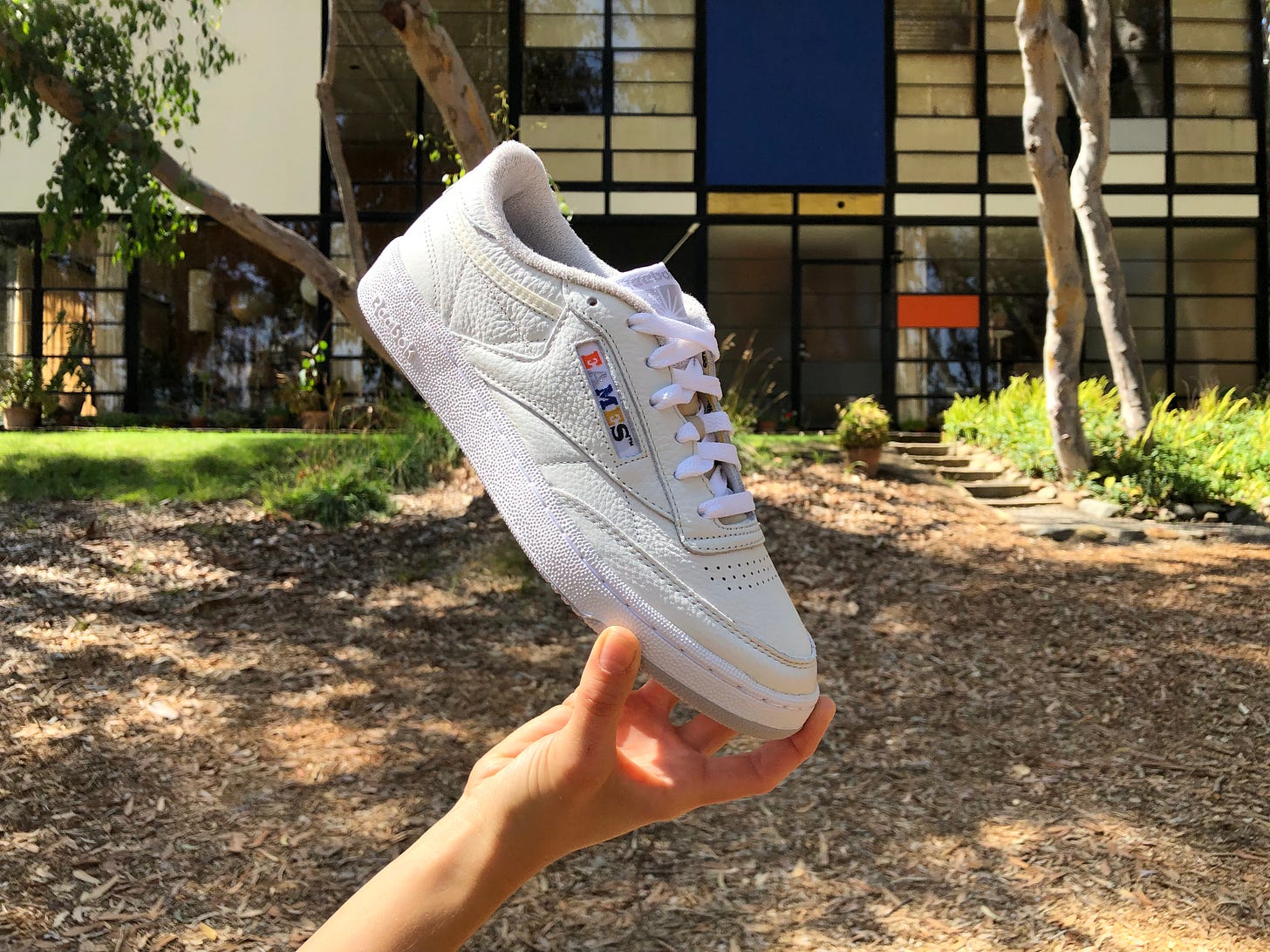I’m a big believer in the power of out of home advertising (OOH, if you’re into acronyms). As someone who walks around New York City while trying to be aware of my surroundings, I end up gleaning a lot of information from the OOH I see. I find out which concerts are happening when. I see which startups have deep enough pockets to pull off an OOH campaign. (Even throwing up wheatpaste posters on construction sites can easily be a five-figure commitment.) And as a writer, I use the advertising as a way to gauge which way the brand voice winds are blowing.
But I was always confused by the frequent billboards and wild postings I would see for Ozy. Some would promote festivals with big-name celebrities and thought leaders. Others would spread the word about a talk show hosted by Ozy founder Carlos Watson, complete with claims about the show’s audience size that always made me think, “Really?”
Turns out my B.S. detector was properly tuned. On September 26, the Times media columnist Ben Smith published a story that detailed how Ozy’s COO had impersonated a YouTube executive in a conference call with Goldman Sachs in an effort to woo investment. By the end of the week, the company had shut down (maybe).
All this news came while the trial of Theranos founder Elizabeth Holmes was underway. The combined effect led to a reexamining of the “fake it ‘til you make it” doctrine that has been ingrained in so many startup founders.
But as much as this is a startup issue, it’s also a media one. The attraction to bright shiny things is endemic to the media industry. It’s also the industry that perpetuates the bright shininess. I’m continually amazed at the willful suspension of disbelief that journalists, who tend to be a skeptical lot, engage in when covering other media companies. Perhaps it’s a “grass is always greener” scenario where the journalist wants to believe that the situation at the outlet they’re covering is better than the outlet they work for.
I’ve certainly been guilty of it. When I worked at Time Inc. we were always jealous of Condé Nast and the perks, gloss, and breathless coverage that went along with the work they did. As I shifted to digital media outlets, BuzzFeed, Complex, and Vice became the cool kids in the lunchroom.
But as I came to know people at these places–and even worked at some—I found it was all the same. The focus was always on quantity (pageviews! unique visitors! followers!), not quality (is this actually a good story?).
I think the main reason for that is that in the media, quantity is fungible. If you’ve got a story that you think is good, you can simply buy the metrics that prove your point. The quantity is used to demonstrate the quality. A story’s worth becomes measured in pageviews, not because it provides new insight or perspective.
And so many industries rely on this masquerade that no one wants to take the mask off. The media needs advertisers so they can keep the lights on. Advertisers need the media so they can get the word out. And agencies need both so they can be the middleman.
The situation reminds me of Roland Pryzbylewski in The Wire, who leaves the police force to become a public school teacher, only to discover that both bureaucracies rely heavily on “juking the stats.”
That’s what Ozy did, and that’s what most media companies do, though to a less egregious degree. But at the end of the day, quality has a way of finding you. Quantity may not.
As Brian Morrissey, the former editor in chief of Digiday told Smith, “Never once in my life has a piece of content from Ozy crossed into my world organically.”
That really tells you all there is to know.
Eames x Reebok Club C
There comes a point in many people’s lives where they start to develop a greater appreciation for furniture. That tends to lead the mid-century modern movement, which in turn, leads to Charles and Ray Eames. I’m no different. With their motto of making “the best for the most for the least,” the husband-and-wife team blended beauty and utility in a truly unique way. Now their estate is collaborating with Reebok on the Club C, which has a similar beauty-utility aesthetic. Sadly the friend-and-family version (above) is the best version, but the general release edition in white is pretty solid, too.
—Justin
Essay: The digital death of collecting
This read comes suggested by JAT reader, my old roommate, dear friend, and new Brookyln resident, Dani Rosen.
In this essay, Kyle opines on the hopeless feeling of being at the mercy of the algorithms, longing for the days of old with binders full of CDs and stacks of vinyl records. Last month, I was staying in the home of a Dutch writer in Amsterdam for a couple weeks. The biggest wall in her duplex was floor-to-ceiling bookshelves, serving as both a homey decoration and a peek into her worldview. It had me longing for a book collection of my own, one day, as my current lifestyle all but prohibits collecting physical goods in any real capacity. There is no greater example of cognitive dissonance in my life, however, than my relationship with physical books and my Amazon Kindle, but I’ll save that for a future essay.
—Andrew
King Krule - You Heat Me Up, You Cool Me Down
King Krule is close to the top of artists I’d most like to see live – super cool and talented, and unique in his style and sound. This video is a shorter, visual version of his latest album – a collection of live recordings from three pre-COVID performances in Paris and Amsterdam. If you’ve never listened to Archy (his legal first name), consider this a good intro. Then go watch his Tiny Desk.
—Andrew






